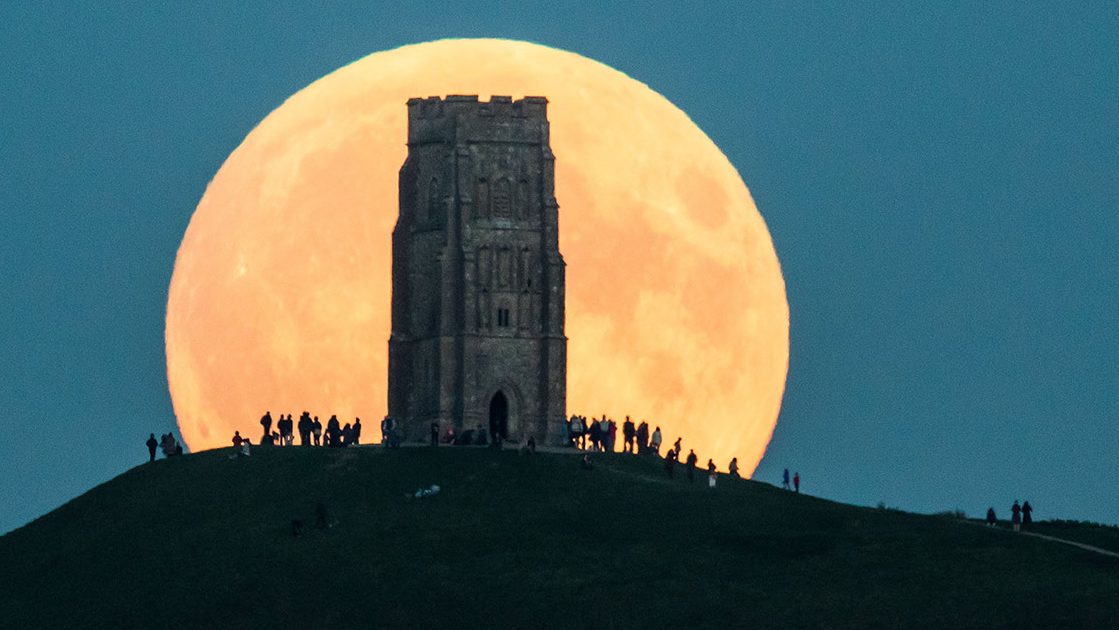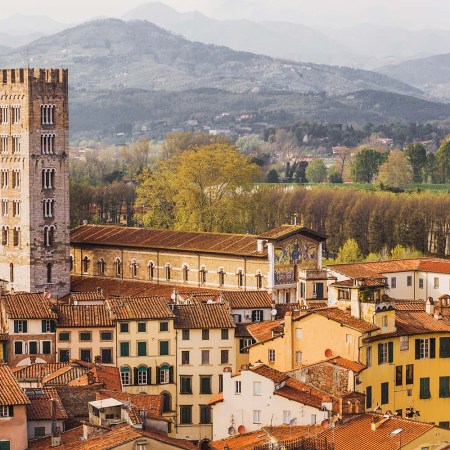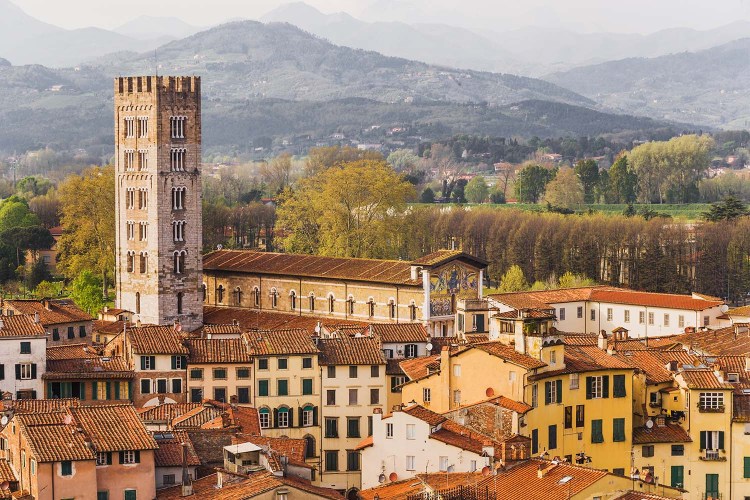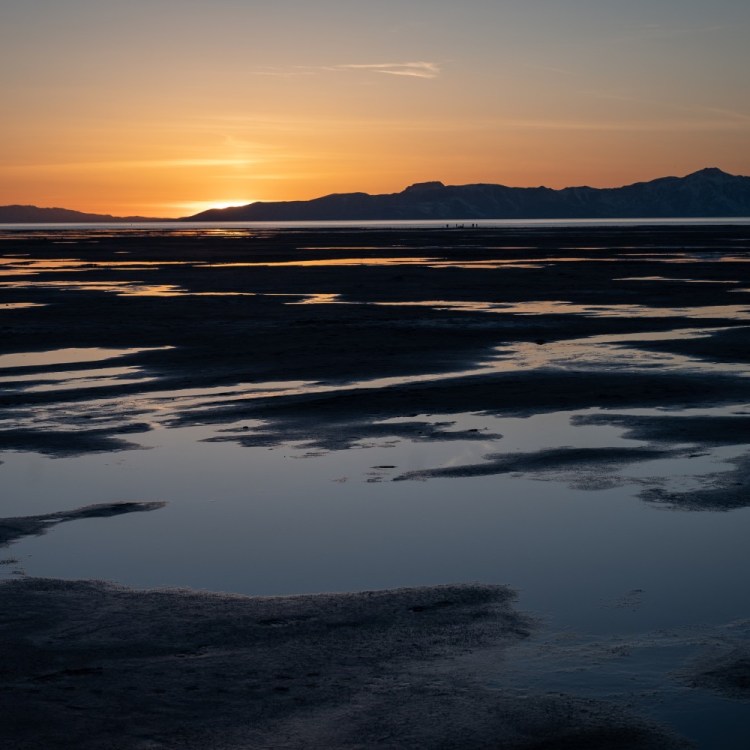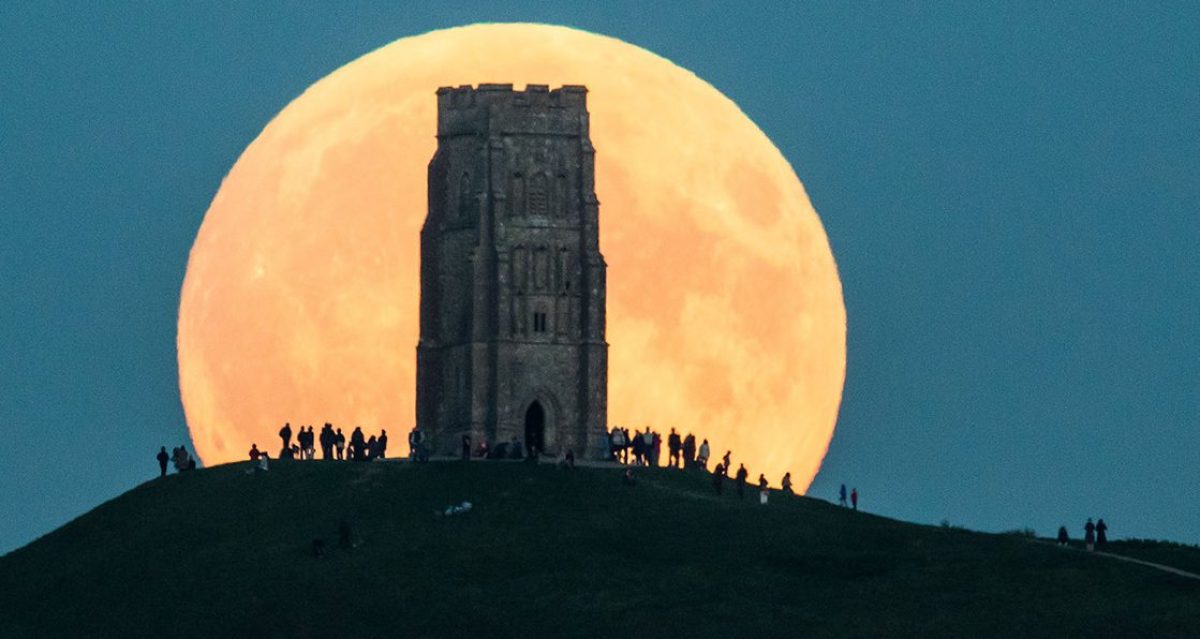
We’ve been hearing about the upcoming “supermoon” for a while now, but we’ll actually get to see it on Nov. 14. This will be the closest full moon to the earth since 1948, and won’t reoccur for another 18 years.
The supermoon phenomenon occurs when the moon reaches the point of its orbit closest to earth while sitting on the opposite side of the earth from the sun. Given these circumstances, it’s no surprise that it doesn’t happen all that often. What makes this supermoon even more special is its size and brightness: This will be the largest one in 86 years, and 30 percent brighter than the average one.
Unfortunately, neither achievement can be easily seen from earth. A NASA blog post about the supermoon points out that “a 30 percent difference in brightness can easily be masked by clouds or the competing glare of urban lights,” and that “hanging high overhead with no reference points to provide a sense of scale, one full moon looks much like any other.”
It’s also worth noting that the supermoon isn’t arriving at a convenient time for the East Coast; the best time to see it will be the pre-dawn hours of the 14th. Still, something like this could very well be worth the loss of sleep.
Learn more about supermoons from this informative NASA video.
This article was featured in the InsideHook newsletter. Sign up now.
